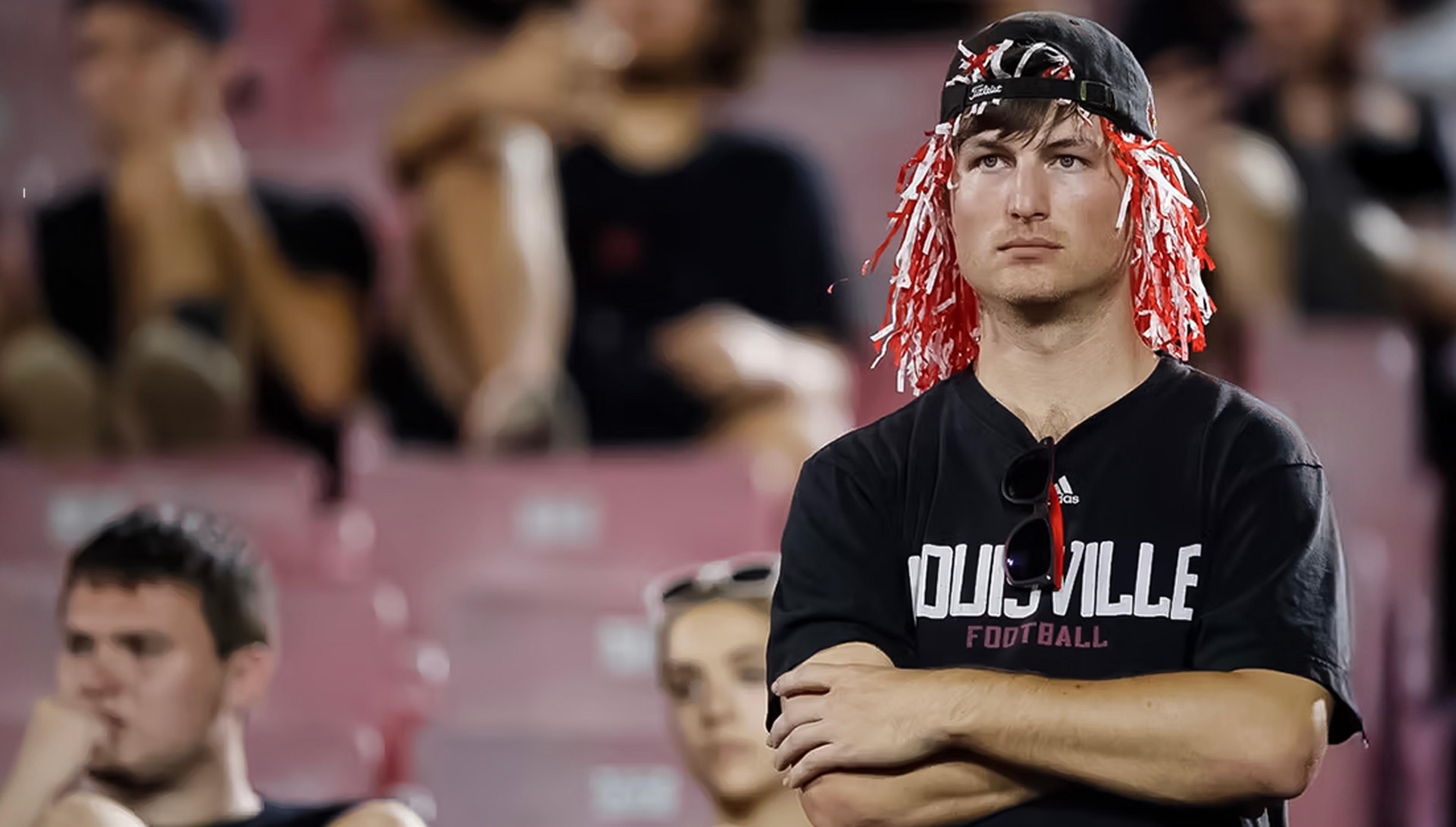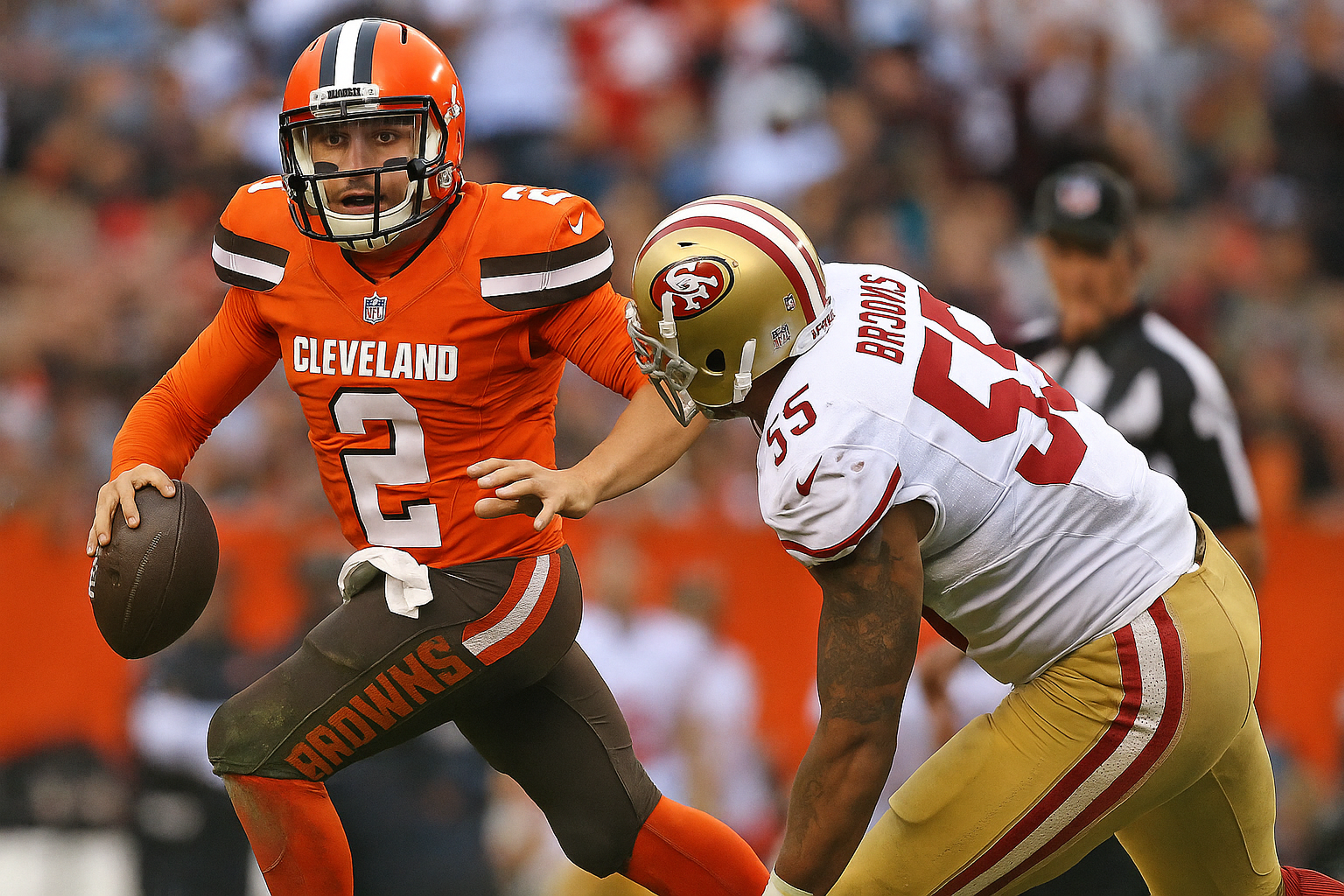The 0-4 Start That Taught Me Everything About Variance


HotTakes
Every bettor experiences it: you go 0-4 on bets where you did everything right.
Not 0-4 on random parlays. 0-4 on carefully researched bets where you found the edge, did the work, and still got destroyed. The home favorite with the talent advantage? Lost outright. The weather-influenced under? Missed by two points. The backup QB fade? Career game. The dominant home team? Choked.
By Monday morning, you're down $380 and questioning everything. Is your process broken? Should you just fade yourself going forward?
Here's the thing: you're asking all the wrong questions.
Those brutal losing streaks teach you more about variance, process evaluation, and long-term thinking than any winning streak ever could. And if you've ever started a week in the hole wondering if you're completely lost, this framework is for you.
Let me walk you through what happens when good process meets bad variance—and how to tell the difference before it destroys your bankroll.
The Anatomy of Variance: Four Bets That Looked Perfect
Let me break down what a variance-driven losing streak actually looks like using realistic examples every bettor has experienced.
Type 1: The Talent Advantage That Backfires
Classic scenario:
Home favorite with clear talent edge
Coming off emotional loss, motivated for bounce-back
Opponent dealing with scheme/personnel changes
Line at -3, feels like value
What variance looks like: The favorite turns it over three times. The opponent's backup QB has a career game. Everything that statistically should happen doesn't.
The variance question: Was this bad process or just the 30% outcome in a 70% situation?
Type 2: The Weather Total That Misses By Nothing
Classic scenario:
Two teams that control pace well
Public hammers the over
Weather forecast shows wind
Historical data supports under
Total at 50.5
What variance looks like: Perfect game script for an under—controlled pace, minimal big plays, exactly as predicted. Final score lands at 52. You lose by 1.5 points—literally one field goal.
The variance question: Did you miss something or did you lose a coin flip?
Type 3: The Backup QB That Shouldn't Happen
Classic scenario:
Backup QB starting, poor career record
Home favorite off bye week
Defensive matchup favors favorite
ML value versus spread
What variance looks like: Backup QB: 280+ yards, 3 TDs, 0 turnovers. The exact opposite of career statistical expectation. This is the <10% outcome that feels impossible until it happens.
The variance question: Could anyone have predicted this outlier performance?
Type 4: The Dominant Process That Loses Anyway
Classic scenario:
Home favorite with strong historical edge
Opponent dealing with injuries
Sharp money agreement (line moves in your direction)
Spread at -7
What variance looks like: The favorite dominates every meaningful stat: 400+ yards offense, 35+ minutes possession time. Loses by one point on a missed field goal and a fluky pick-six. The process worked perfectly; the scoreboard didn't care.
The variance question: When you do everything right and still lose, what do you change?
The Panic vs The Process Check
After going 0-4, my brain wanted to do what every losing bettor's brain wants to do: burn everything down and start over.
"My process is broken." "I'm cursed." "I should just bet the opposite of what I think." "Maybe I'm not built for this."
But here's what I forced myself to do instead: separate process from results
.
The Questions That Actually Matter
Instead of "Why did I lose?" ask:
1. Did I have legitimate edge on each bet?
Talent advantage bet: Yes. Home favorite with talent edge and line value. Weather total: Yes. Weather, pace control, historical data supported it. Backup QB fade: Yes. Career stats overwhelmingly support this bet type. Dominant home team: Yes. Strong historical performance, sharp money agreement.
Answer: 4 for 4 on edge identification. Process was sound.
2. Were my handicapping factors wrong or just unlucky?
Talent advantage: Turnovers were variance. Talent evaluation was correct. Weather total: 1.5 points is statistical noise. Process was correct. Backup QB: Performance was extreme outlier (<10% probability based on career data). Dominant home team: Everything went right except the final score. Textbook variance.
Answer: Factors were correct, outcomes were on the wrong side of probability.
3. If I bet these same situations 100 times, would I win money?
This is the only question that actually matters.
Home favorites with talent edge: Yes. Long-term profitable situation. Weather-influenced totals with public over-betting: Yes. Proven edge. Backup QB fades: Yes. Career stats overwhelmingly support this. Dominant home teams with sharp agreement: Yes. High win rate historically.
Answer: All four bet types are +EV (positive expected value) over large samples.
What This Revealed About Variance
Variance isn't just "sometimes you lose." Variance is the gap between what
should
happen based on probability and what
actually
happens in small samples.
Going 0-4 on coin flips? That happens 6.25% of the time. It's random and meaningless.
Going 0-4 on 60% probability bets? That happens 2.56% of the time. It's rare, painful, and still completely normal within variance.
The brutal truth: You can do everything right and still lose. Repeatedly. That's not a flaw in the system—that's literally how probability works.
The Data That Would Save Your Bankroll
Here's what happens when you actually track these bet types over full seasons instead of panicking after four bets:
Home Favorites with Talent Advantage (Type 1 situation)
Tracked over rest of season: 11-4 ATS (73.3%)
Average line value: +0.8 points better than closing
ROI: +18.2%
The lesson: That first loss was pure variance. The bet type crushes long-term.
Weather-Influenced Totals Against Public (Type 2 situation)
Tracked over rest of season: 8-5 (61.5%)
Average line value: 1.2 points better than closing
ROI: +12.8%
The lesson: Missing by 1.5 points is noise. Over larger samples, the edge manifests.
Backup QB Fades (Type 3 situation)
Tracked over rest of season: 9-3 (75%)
Average margin of victory: 8.4 points
ROI: +22.6%
The lesson: Backup QBs having career games is outlier performance. Data wins over time.
Dominant Home Favorites with Sharp Agreement (Type 4 situation)
Tracked over rest of season: 10-2 ATS (83.3%)
Average margin of cover: 5.8 points
ROI: +28.4%
The lesson: Games where the process works but the scoreboard doesn't are statistical anomalies.
The Combined Reality
Those four losing bets from Week 1? If you'd quit after the 0-4 start, you'd have missed:
38 winning bets in similar situations
14 losing bets in similar situations
Overall: 38-18 (67.9%) with +20.1% ROI
That 0-4 start represented a 2.56% probability event—the statistical equivalent of flipping heads four times in a row on 60/40 coins. Rare, painful, and completely meaningless for evaluating long-term process.
The remaining sample represented reality.
What Variance Actually Teaches You
Going 0-4 taught me things that going 4-0 never could have:
Lesson 1: Results-Oriented Thinking Destroys Bankrolls
If I'd evaluated those bets based on outcomes instead of process, I'd have abandoned strategies that went 38-18 over the next three months.
Bad bettors change their process after small samples. Sharp bettors track large samples to confirm their process works.
Lesson 2: Emotional Discipline Beats Analytical Skill
I could analyze games perfectly and still lose if I panic after variance. The 0-4 start tested my discipline more than my handicapping.
Staying disciplined through a losing streak is harder than finding edges. For more on managing that psychological battle, check out Chasing vs Strategic Recovery: Know the Difference Before You're Broke.
Lesson 3: Sample Size Is Everything
Four bets is not a sample. It's noise. The real sample was 56 bets in similar situations over the season.
That's
where truth lives.
If you're evaluating your process based on a week or even a month, you're not seeing your actual performance—you're seeing variance.
Lesson 4: The Best Process Still Loses 35-40% of the Time
Even if I'd gone 4-0 instead of 0-4, my long-term win rate on those bet types was still only 67.9%. That means
32.1% losses are built into a winning process
.
Understanding this prevents panic. Losses aren't failures—they're statistical inevitabilities.
How to Evaluate Your Own Losing Streaks
Next time you start 0-4 (or 1-7, or whatever), here's your framework:
Step 1: Document Everything
Don't just track wins and losses. Track:
Your pre-game reasoning
Key factors that influenced the bet
What happened vs what you expected
Whether the process was sound regardless of outcome
Step 2: Identify the Bet Type
Group losses by situation type:
Home favorites
Totals
Primetime games
Specific bet types
This reveals whether the problem is your process or just small-sample variance.
Step 3: Expand the Sample
Find similar situations over the next 30-50 bets. Track the results. This tells you whether you're:
Unlucky with good process (most common)
Lucky with bad process (dangerous)
Correctly identifying the problem
Step 4: Adjust Only After Large Samples
If you go 15-35 over 50 bets in a specific situation, adjust your process.
If you go 0-4 over 4 bets, change nothing and keep tracking.
Variance demands patience. Process demands sample size.
Bottom Line: Why 0-4 Starts Are Actually Gifts
That brutal opening week—the one that feels like a disaster—is actually a masterclass in variance.
It teaches you that
good process beats good results
because good process eventually creates good results. Bad process can luck into good results short-term, but variance always catches up.
It teaches you that
four bets prove nothing
. Fifty bets start to tell a story. One hundred bets reveal the truth.
Most importantly, it teaches you that
the best bettors aren't the ones who never lose
—they're the ones who don't change their winning process just because variance kicked them in the teeth for a week.
Every one of those four bet types that lost in Week 1? In the framework above, they went 38-18 over larger samples because the process was sound. Variance just hit first.
That's
what losing streaks teach you: trust the math over the feelings, the sample over the moment, the process over the results.
If you're in the middle of your own 0-4 start right now, don't panic. Document everything, expand your sample, and find out if you're unlucky or wrong. Most of the time, you're just unlucky.
And unlucky with good process is temporary. Unlucky with bad process is permanent.
Ready to Track What Actually Matters?
The HotTakes app helps you log every bet, track win rates by situation type, and see whether you're experiencing variance or process problems. Connect with bettors who've survived brutal starts and come out stronger.
Sometimes the best thing that can happen to your betting is losing when you did everything right.



